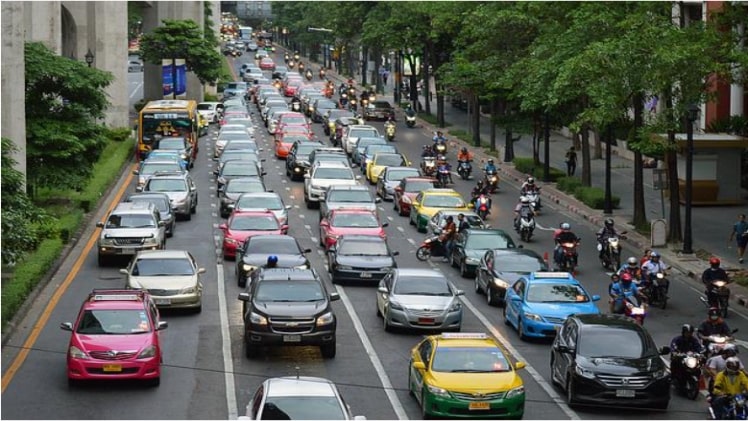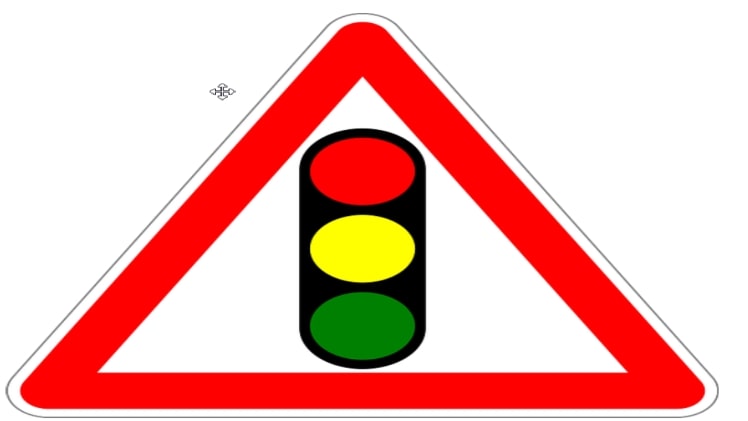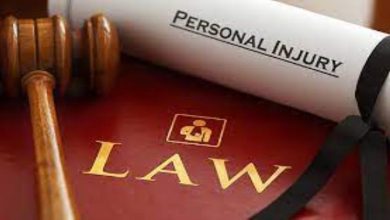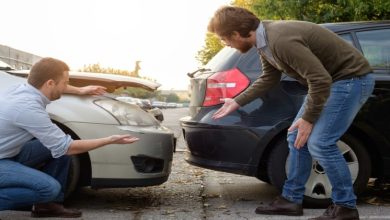Top 10 Tips for Cycling in Traffic

Cycling is not only a wonderful recreational activity but also has numerous bonuses. From improving physical and mental health to broadening your social circle as you meet and interact with other cyclists.
Additionally, you can enjoy nature, fresh air and the scenery as you ride, while reducing your carbon footprint.
However, the reality of cycling, especially in big cities, means encountering traffic. Sharing the roads with cars and trucks can be daunting, even for experienced riders.
This can mean encountering road rage, inexperienced drivers, intoxicated drivers, and other unsafe scenarios which can compromise your safety.
So how can cyclists be safe while sharing the road with motorists? In this article we will give you our top 10 tips for cycling in traffic. However, before we do so, let us explore some basic cycling safety fundamentals.
Basic cycling safety fundamentals
- Wear a helmet
- Wear conspicuous and bright clothing, preferably with reflective patches or tape.
- Obey the traffic light signs
- Yield to other vehicles, cyclists, and pedestrians
- Never ride in dark conditions and low–light areas without the rear and front reflectors and lights
- Be in control of your bike at all times and ride at a safe speed, which allows you to react quickly to unexpected circumstances
Ten tips for cycling in traffic
1.Ride with the traffic and not against it
Riding with the traffic flow is safer and courteous. Each state has biking laws; the most crucial one is that every bike needs to follow the traffic flow. Riding with the traffic has the following benefits.
- It enables you to blend with the traffic easily since all road users are going in the same direction
- Motorists have an easier time noticing cyclists in front of them thus reducing motorist-cyclist accidents
- Riding in traffic makes the rider less likely to crash with pedestrians since they should be using the opposite side of the road, going against the traffic, or, even better, the sidewalk where you shouldn’t ride. It also prevents you from “salmoning” (going against the traffic) the other cyclists
- Most accidents occur on road driveways and intersections; thus, riding with the traffic makes the driver and rider’s actions more predictable
- Riding against the traffic clogs the flow and reduces reaction time
2. Avoid riding on the sidewalk
Riding on the sidewalk might appear safe, but it’s dangerous since many sidewalks have uneven, cracked concrete and human traffic.
Additionally, cars entering and exiting driveways can be a danger to riders. Motorists aren’t looking for bicycles as they leave or enter driveways.
Also, transitioning from the road to the crosswalk may become dangerous since motorists concentrate on looking out for pedestrians and not riders traveling at 10-20mph when entering the sidewalks.
Pedestrians have the right of way on the crosswalk. Therefore, ride on walking speed, learn to slow down frequently, and always alert the pedestrians through horns or bells when approaching. In case of an accident on the sidewalk, treat it like you would an accident on the road. Report the pedestrian-bicycle accident and seek medical attention.
In addition, inform your personal injury attorneys to handle any related disputes and explain to you legal rights and steps to take to protect your interests.
3.Take the lane
Despite the obscene gestures or name-calling this might cause, as a cyclist, you have every right to take an entire lane.
However, this is not appropriate for a single rider unless the road is very narrow, but while riding in a large group certainly exercises this right. For narrow streets, it’s safer for the traffic to hold up than run you off the road when trying to pass.
4. Watch right turns
When drivers turn from the farthest lane to the right, they rarely look out for cyclists. Watch out for those drivers making the right-hand turns and avoid the blind spots, especially if planning to ride through an intersection.
5. Make bike lanes your best friend
If your city has bike paths or lanes, use them! They provide you with much-needed safety than when sharing the same road with vehicles. However, if the bike lanes share the road with the car, check out for parked vehicles, those merging onto the highway, or turning right.
6. Follow the traffic rules

Just because you are biking doesn’t mean you roll through red traffic lights and stop signs. It’s illegal to not observe the traffic signs. Additionally, following the traffic patterns and rules makes you more predictable, consequently enhancing your safety. Observe the speed limits and don’t forget the golden rule: Do not drink and ride.
7. Be consistent
Another way for you to prevent accidents and other riding issues when cycling in traffic is to maintain consistency. This means riding in a straight line, no swaying, and at a consistent speed. Avoid weaving through the stopped traffic or taking shortcuts through the parking lots.
8. Be careful with car doors
Sometimes drivers may stop and open their door without warning, which means you may run into the door, causing an accident. Depending on your speed, this can lead to severe injuries. As such, ensure you leave enough room, at least a few meters, and always slow down when riding between the lanes.
9. Be mindful of the surroundings
Know what feels wrong and right when sharing the road with other users, especially during heavy traffic. If you think something is incorrect or feel uncomfortable, pull over and stop riding until the traffic clears or your surroundings look safe.
To notice your surroundings avoid wearing headphones or using your phone and other distracting activities when riding. Concentrate on the road; this keeps you safe.
10. Keep your hands securely on the bike
Regardless of your good sense of balance, always keep your hands on your bike handles. Avoid hands-free riding since it can lead to unbalance and prevent you from reacting quickly to unexpected circumstances like debris, a slick patch, pothole, or pedestrians.. As a result, you may fall off the bike, collide with others, or lose control.
The final thoughts on tips for cycling in traffic
Riding in traffic can be a difficult experience, especially for newer cyclists. Unless you cannot avoid it, stick to quieter roads or purpose-built infrastructures. However, if you must ride in traffic, the above ten tips will ensure a safer ride. Remember that your safety comes first, and thus, always observe the traffic rules.




